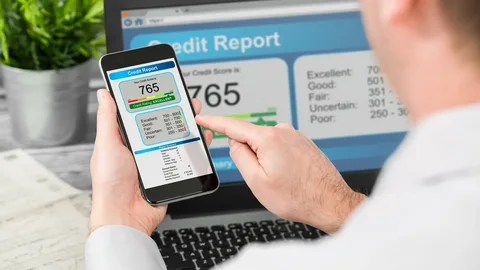Building a futures trading strategy in Singapore is not as tricky as some believe. Despite the competitive environment, traders can use many resources and tools to develop a winning plan. We will explore some of the most important considerations when creating a futures trading strategy. We will also examine how to apply technical analysis and risk management techniques to improve your chances of success. By understanding these concepts, you can put yourself in a better position to achieve your investment goals.
How to develop a futures trading strategy
With such a diverse selection of futures contracts, it is crucial to have a clear idea of what you are looking for before you begin trading. When developing your futures trading strategy, there are a few key factors you need to take into account:
The first step is to identify your investment goals. What are you trying to achieve by trading futures? Are you looking to make a quick profit, or are you aiming for long-term capital gains? Once you know your objectives, you can start to look at the different types of futures contracts available and decide which one best suits your needs.
It is also essential to consider your risk tolerance when constructing a futures trading strategy. How much capital are you willing to risk on each trade? Are you comfortable with taking on large amounts of leverage? Understanding your risk tolerance will help you determine the size of your positions and the level of risk you are willing to take on.
Another important consideration when developing a futures trading strategy is your time horizon. How long do you plan on holding your positions? Are you looking to day trade or swing trade? Your time horizon will significantly impact the type of strategy you ultimately decide to use.
When you understand your investment goals, risk tolerance and time horizon, you can start looking at different trading strategies and decide which is right for you. Many different approaches can be used when trading futures, so it is crucial to find one that aligns with your goals and objectives.
Different strategies that can be used in futures trading
Some common futures trading strategies include:
- Momentum trading- This strategy involves taking advantage of the momentum in the market to enter and exit trades. Momentum traders typically look for trends in the market and try to ride them for as long as possible.
- Value trading- This approach focuses on finding undervalued contracts and selling them when they reach fair value. Value traders often use fundamental analysis to identify potential opportunities.
- Range-bound trading- This strategy is used when the market trades in a tight range. Range-bound traders will buy contracts at support levels and sell at resistance levels.
- Scalping- This is a short-term trading strategy that involves taking small profits on a large number of trades. Scalpers typically hold their positions for a few minutes or less.
- Day trading- This strategy involves holding positions for a single day and closing them out before the end of the trading day. Day traders often use technical analysis to find short-term opportunities in the market.
- Swing trading- This approach involves holding positions for a few days or weeks and then selling them when they reach a predetermined price target. Swing traders typically use technical analysis to find longer-term trends in the market.
- Position trading- This is a longer-term strategy that involves taking a position in a contract and holding it for several months or even years. Position traders typically use fundamental analysis to make their decisions.
Are resources available to help traders develop their skills?
There are many different resources available to help traders develop their skills. Here are a few of the most popular:
- Online courses- Many courses can teach you the basics of futures trading. These courses can be found on websites like Udemy and Investopedia.
- Brokerage platforms- Many brokerages offer educational resources on their platforms. For example, TD Ameritrade offers an extensive education centre with articles, videos and webinars on futures trading.
- Mentorship programs- There are also many mentorship programs available that can connect you with an experienced trader. These programs typically involve a monthly fee, but they can be a great way to learn from someone successful in the market.
You can visit https://www.home.saxo/en-sg/products/futures if you are interested in getting started with futures trading.











